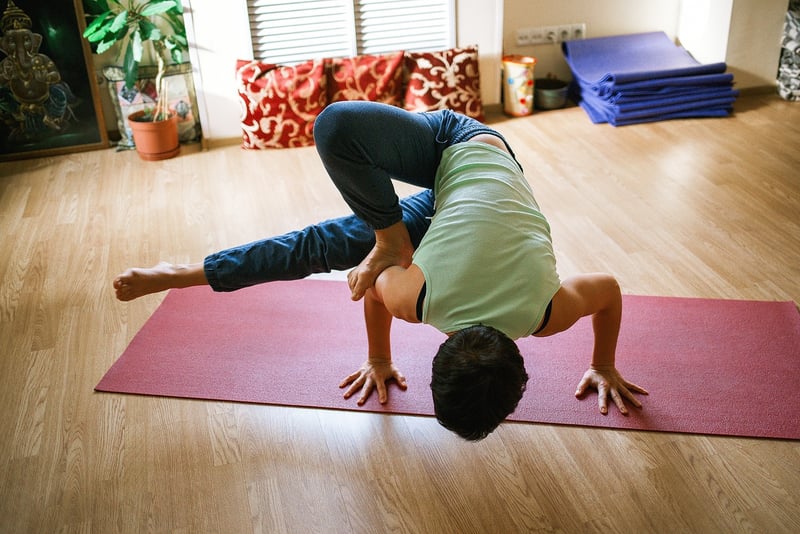Restorative yoga
The Art of Releasing Tension through Restorative Yoga
Life can be stressful, and our bodies often bear the physical toll of that stress. One effective way to release tension and promote relaxation is through the practice of restorative yoga. By incorporating gentle poses, mindful breathing, and deep relaxation techniques, restorative yoga offers a sanctuary for both body and mind to unwind and rejuvenate.
The Benefits of Restorative Yoga
Restorative yoga focuses on deep relaxation and stress relief. Some of the key benefits include:
- Reduced muscle tension and stiffness
- Improved flexibility and range of motion
- Enhanced mental clarity and focus
- Boosted immune system and overall well-being
- Promotion of deep relaxation and better sleep
Key Principles of Restorative Yoga
Restorative yoga is characterized by the following principles:
- Gentleness: Poses are gentle and supported, allowing the body to relax deeply.
- Long Holds: Poses are held for an extended period, typically 5-10 minutes, to allow for deep relaxation.
- Focus on Breath: Emphasis is placed on mindful breathing to calm the nervous system and quiet the mind.
- Minimal Movement: Movements between poses are slow and deliberate to maintain a sense of tranquility.
Sample Restorative Poses
Here are a few restorative yoga poses you can try at home:
- Supported Child's Pose: Helps release tension in the back and shoulders.
- Legs Up the Wall: Promotes circulation and relieves tired legs.
- Supported Bridge Pose: Opens the chest and relaxes the spine.
Get Started with Restorative Yoga
If you're ready to experience the profound relaxation and tension release that restorative yoga offers, find a quiet space, gather some props like blankets and bolsters, and explore the gentle practice at your own pace. Remember to listen to your body and breathe deeply throughout each pose to maximize the benefits.
Allow yourself the gift of restoration and rejuvenation through the healing practice of restorative yoga.

Image Source: Pixabay
